From Bologna to Berkeley, a journey through student cities where learning shaped culture, architecture, and everyday life.
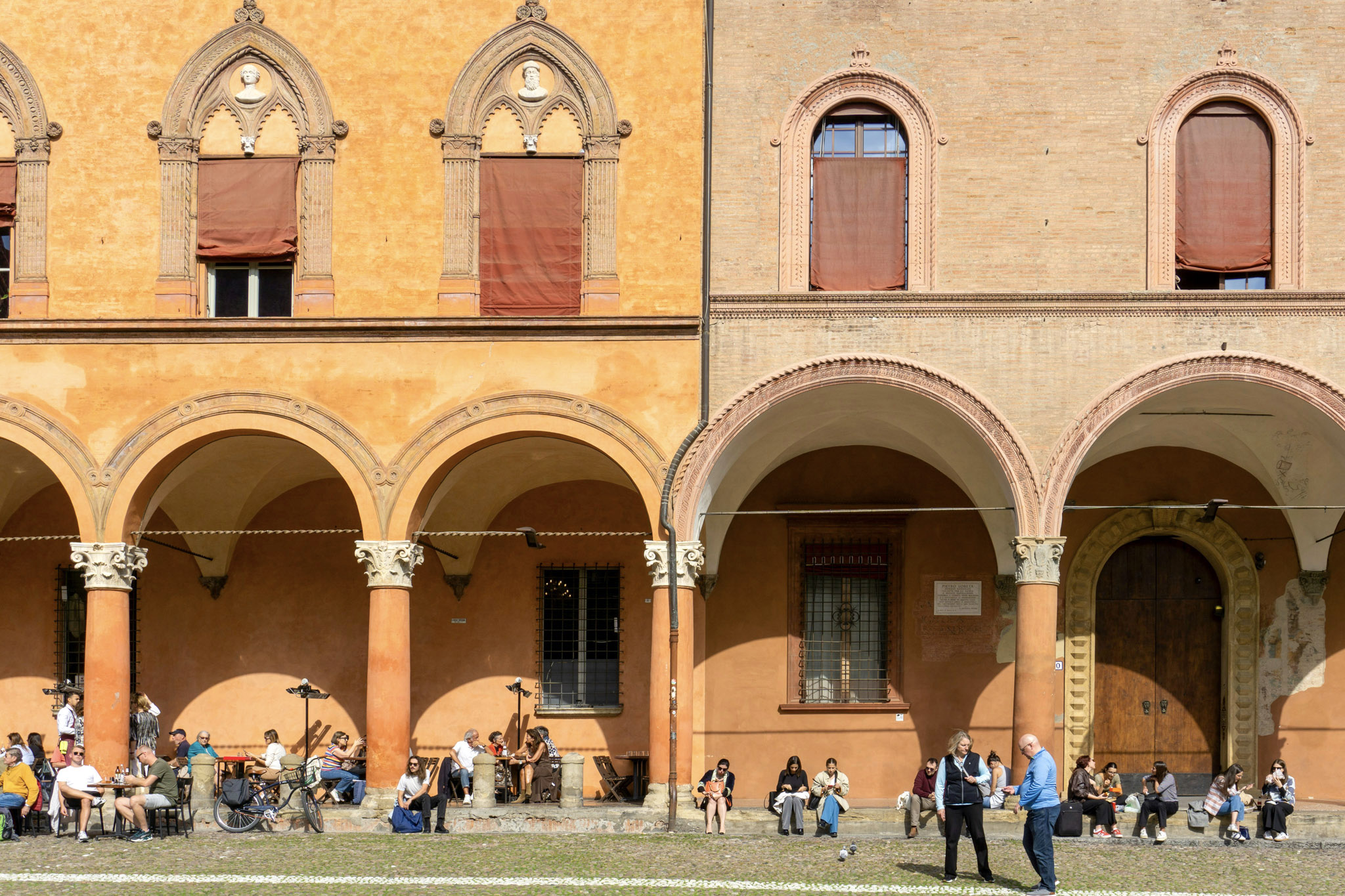
You can tell when a city has been shaped by its students, because the air feels a little more alert. The walls are layered with notices that never quite come down, and someone, somewhere, is always explaining something to someone else. These university towns live at a strange frequency, with their cafès working like seminar rooms and side streets sounding like arguments wrapped in laughter.
They are places that never entirely grow up, as knowledge keeps them young. Every building, every conversation, feels provisional, as if it could be rewritten by the next person who walks in with a better idea. Every year, millions of travelers move between these university towns for conferences, exchange semesters, or curiosity alone.
And across continents they all share one truth: they were all built on the same premise that thinking together might be the highest form of living together. To travel through them is to see how that premise keeps reinventing itself
Bologna, Italy

If you start anywhere, start where the idea of a university city began. Bologna claims to be the oldest university town in the Western world, founded in 1088, though the city itself feels even older than its dates. The streets are terracotta and tired in the best way, with nearly 40 km of porticoes that make you feel like you’re walking through a continuous conversation. Every café under those arches could be a study group, or a break from one. You hear the same low hum that must have filled these same corners centuries ago: arguments about Aristotle replaced now by debates on Erasmus housing and student politics, but the cadence is unchanged.
What makes Bologna extraordinary is how academia bleeds into its daily life. You see it at aperitivo hour, when the tables outside Caffè Zamboni or Lab16 are packed with students balancing spritzes and philosophy notes.
The University of Bologna is basically woven right through the city. Lecture halls occupy medieval palazzi, and you can wander into a courtyard expecting a museum and find a faculty meeting instead. There’s no campus gate, which might be why the whole city behaves like a campus. Inside the Archiginnasio Library, founded in 1563, handwritten anatomy texts sit behind glass like relics of the city’s first modern sciences.
The ancient habit of strolling and discussing here has simply continued with better shoes and Wi-Fi.
Cambridge, England
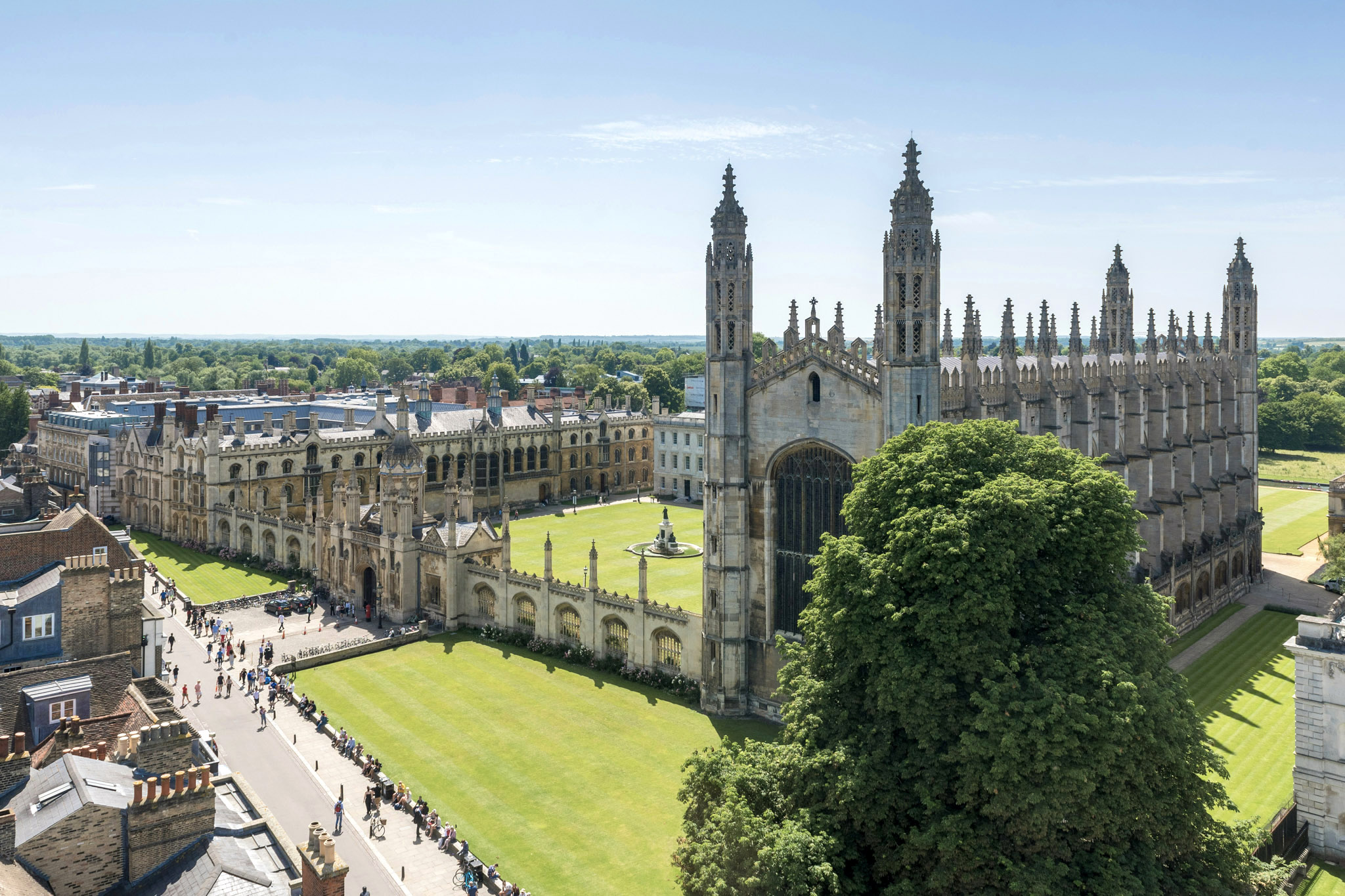
If Bologna invented the idea of a university town, Cambridge perfected its staging. The whole place feels calibrated to make intelligence look effortless. The river curves politely around colleges that have been arguing with each other for centuries, and the lawns are trimmed as if thought itself needed symmetry. The word “academic” here doesn’t mean means embedded, as the libraries, the bicycle racks, the pubs, they all belong to the same quiet machinery of study.
There’s a rhythm to the days that hasn’t changed much. Morning lectures, afternoon cycling, evenings that start in a pub and end in a room that smells of ink and rain.
Students still queue for cheap falafel near Market Hill, the bookstores still look a little chaotic, and someone is always late to a tutorial because the cobblestones are too slick. In the middle of it all, the colleges—Trinity, King’s, St John’s—keep their calm, as if aware that this particular experiment in human thought has worked out rather well. The Cambridge University Library holds nearly nine million volumes, and still smells of damp paper after a week of rain.
It’s hard to say what’s more striking: the perfection of the place or the ease with which people ignore it. For locals, it’s not a postcard but a workspace, one that happens to be made of cloisters and bridges.
Kyoto, Japan
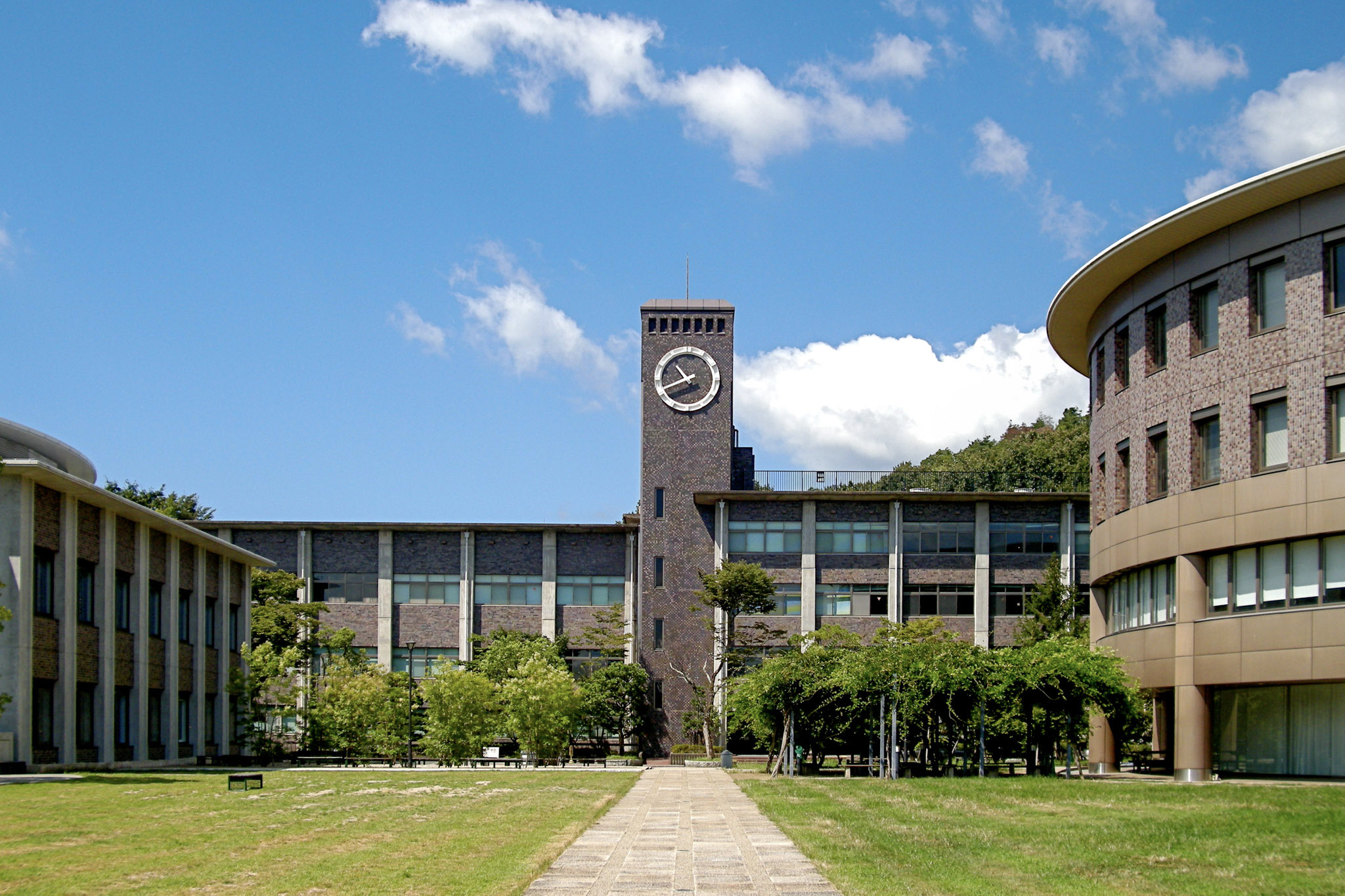
Kyoto is a city that treats knowledge as something built over time, like a roof repaired every season. The university district around Yoshida feels older than it is, a mix of tiled houses and narrow streets. Kyoto University, founded in 1897, counts eleven Nobel laureates among its alumni — more than any other Japanese university. Just in October 2025 they celebrated Prof. Susumu Kitagawa receiving the Nobel Prize in Chemistry.
Around the campus, cafés carry the same studious hush as libraries, but with better lighting and the smell of matcha. Students lean over notebooks beside professors who look like they’ve been there since the postwar years. Outside, bicycles lean against wooden houses with fading nameplates.
Kyoto never separated study from daily life, and the same precision that shapes its ceramics, gardens, and food seeps into the way people think. You can trace an invisible line between a craftsman trimming a bowl and a physicist adjusting data; both belong to the same culture of accuracy. Even leisure follows a kind of discipline. At night, in the bars near Demachiyanagi, the whole city feels like a seminar that happens to have good ramen.
Cambridge, Massachusetts
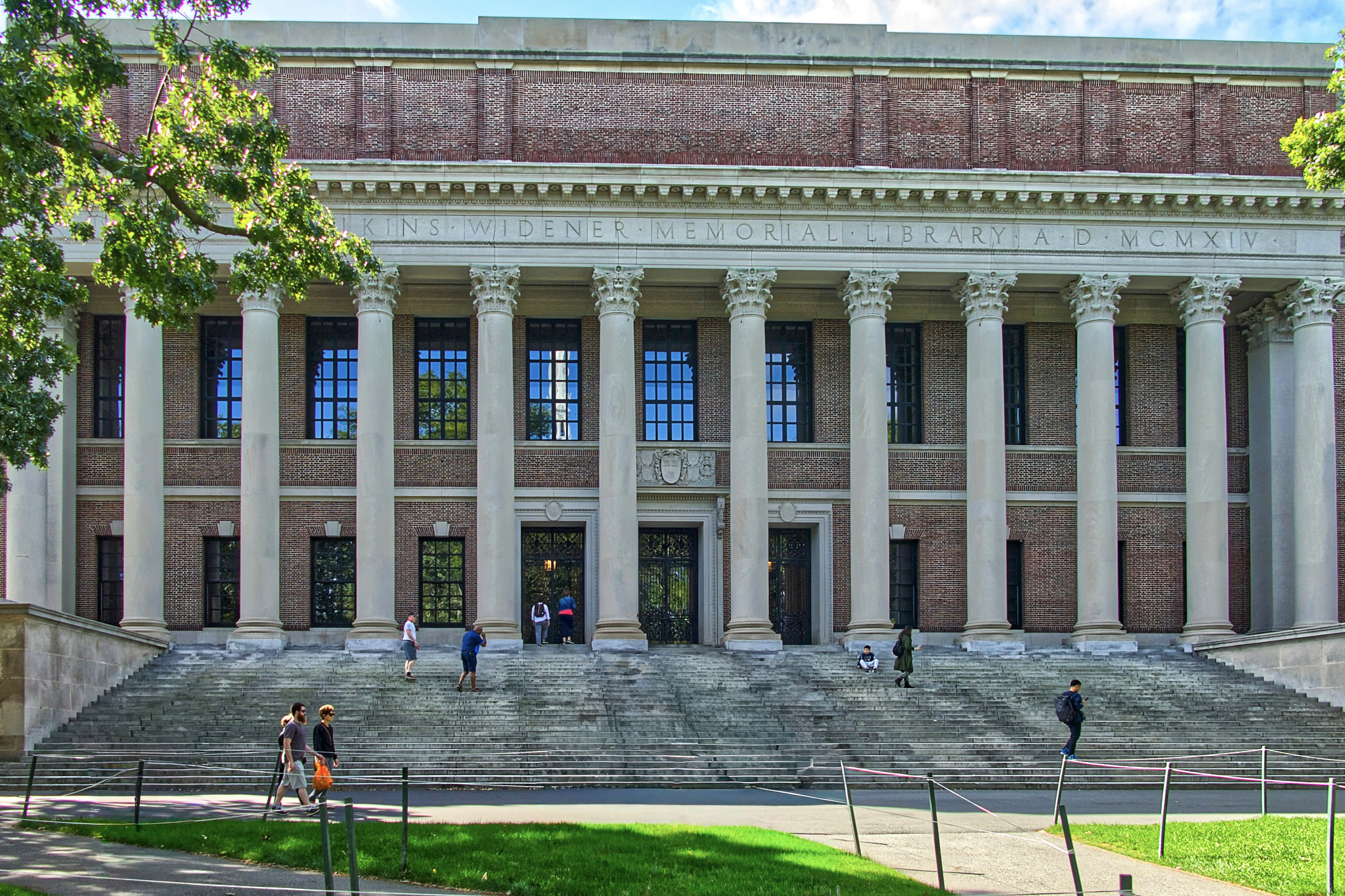
Cambridge, Massachusetts is what happens when intellect meets velocity. Between Harvard Square and Kendall Square, you can trace an entire history of American invention: theology turning into theory, theory into code, code into companies. It’s the closest thing the United States has to a civic brain.
This is one of the most recognizable college towns in the world, but the glamour is mostly in hindsight. In real time, it looks like coffee cups balanced on MacBooks and the sound of someone pitching a start-up in the next booth. Harvard gives the city its vocabulary; MIT gives it rhythm. Together they create an ecosystem where curiosity has deadlines.
The walk from Harvard Yard to MIT’s Infinite Corridor takes about half an hour across the Massachusetts Avenue Bridge and feels like a timeline of American innovation. Bookstores like Harvard Book Store or MIT Press still do brisk trade, and every café seems to have at least one conversation going that might become the next syllabus somewhere. For travelers, it’s easy to mistake Cambridge for Boston’s quieter neighbor. Spend a day here and it feels more like its conscience.
Even if you’ve never been here, you might know the feeling from fiction. Think Ali Hazelwood novels: caffeine, equations, weather that smells like cold ambition. That atmosphere isn’t exaggerated, it’s just what happens when you put ten thousand people with ideas into a few square miles of New England brick.
Berkeley, California
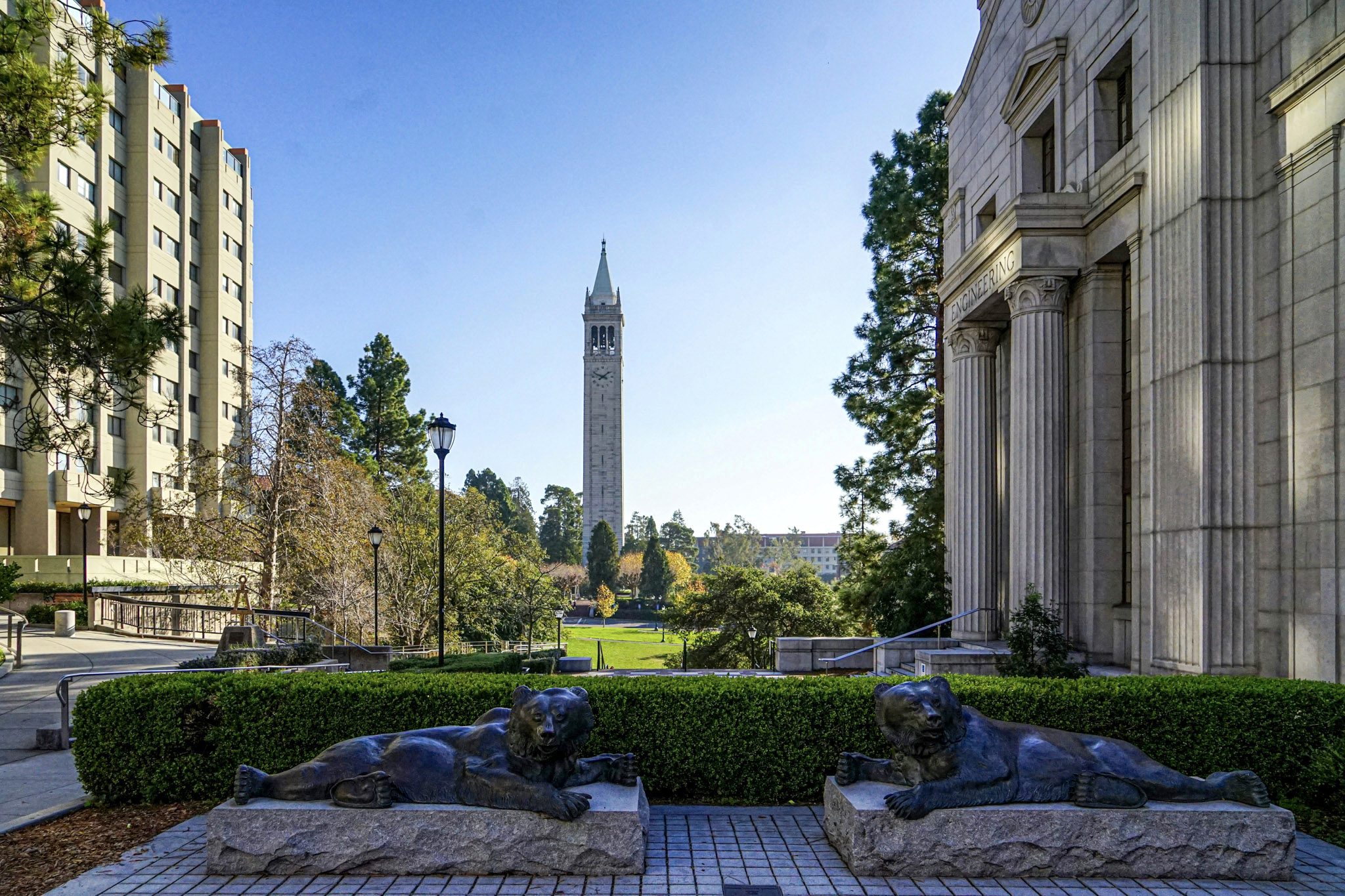
Berkeley somehow looks like a slightly improvised university city running on a mix of sunlight, protest, and caffeine. Somehow that combination still works.
From the steps of Sproul Plaza, you can see how public thought can be a performance. The Free Speech Movement began exactly here in 1964, and traces of it still echo through the megaphones. Speakers climb the low walls to argue about housing, climate, tuition, the meaning of freedom, sometimes all in one breath. The conversations spill into the sidewalks and cafés, where political theory meets bad espresso. Even the murals look like footnotes.
The University of California, Berkeley has shaped the city’s entire personality. Its classrooms and labs may have produced Nobel prizes and start-ups, but its legacy lives outdoors. The west coast’s idea of scholarship has always been less about hierarchy and more about voice.
What makes Berkeley one of the great academic cities is that the university doesn’t sit above the community but inside it. The same streets that host demonstrations in spring are filled with families and students shopping for vegetables at the farmers’ market on Saturday. The same bookstores that sold radical pamphlets fifty years ago now host AI ethics debates. The cast changes, the argument continues.
At sunset, the hills behind campus turn gold, and you can still hear saxophones from someone’s open window.
Paris, France
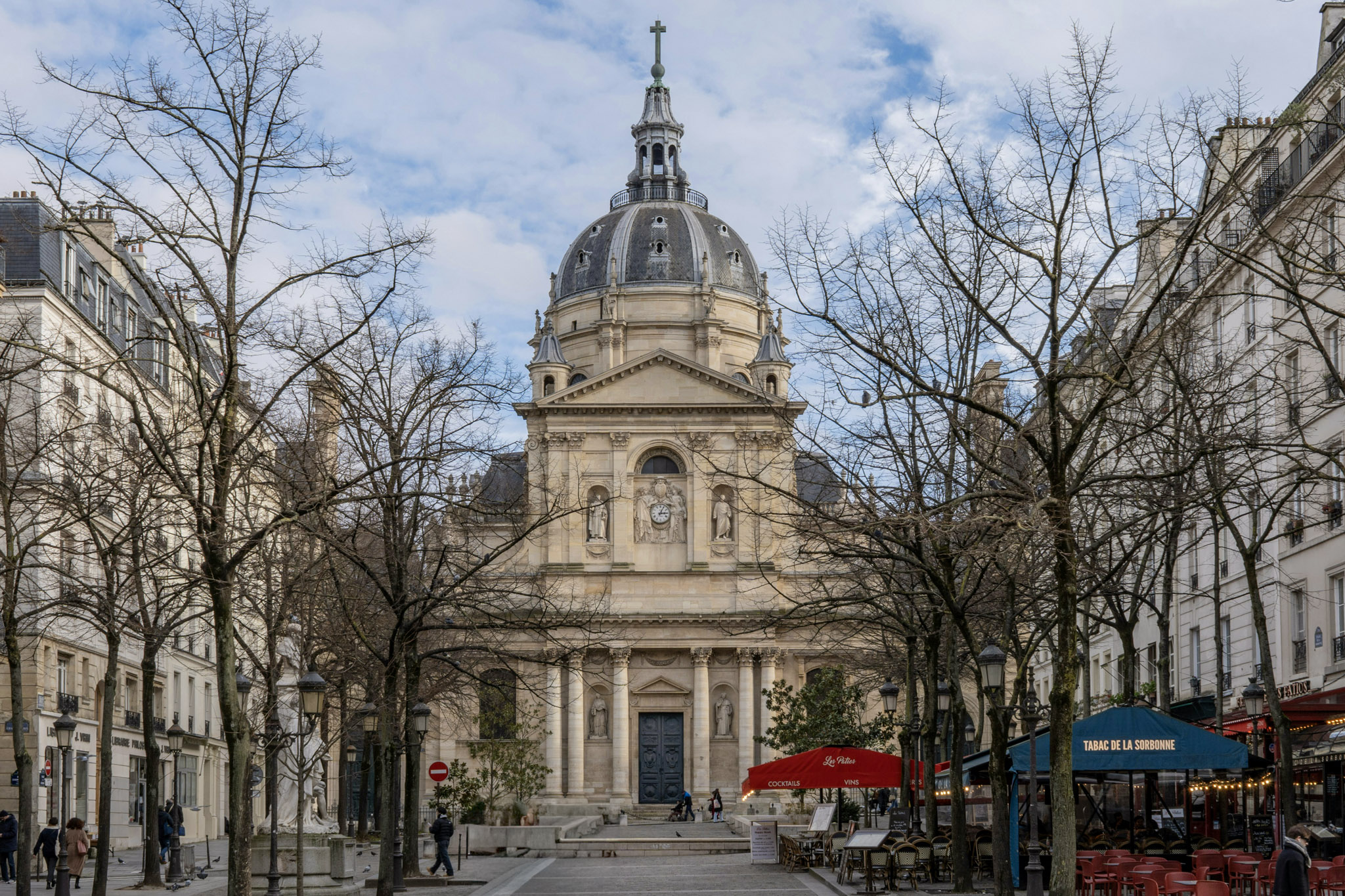
The Quartier Latin still smells faintly of ink and cigarette smoke, even if most of its philosophers now type instead of scribble. The narrow streets south of the Seine once held the densest concentration of thought in Europe. Students and writers lived above cafés where a table could double as a classroom. That legacy hasn’t vanished but it is now just harder to notice under the sound of traffic and the glow of phone screens.
The Sorbonne, formally the University of Paris, enrolls over 55,000 students today, most of them scattered across renovated 19th-century buildings in the 5ᵗʰ arrondissement.. Those walls have heard centuries of voices — Descartes, Simone de Beauvoir, a thousand unnamed students rehearsing revolution.. It takes place in public, in cafés like Les Deux Magots or Café de Flore, where even the waiters seem to know the schedule of the Collège de France.
And there’s innovation, too: Sorbonne’s new 15.000 m² Cité de l’Innovation is rising on the Pierre & Marie Curie campus, signalling that this historic student city is actively rebuilding its intellectual terrain.
What makes Paris different from other academic cities is that it reveres intellect but also style. You can’t tell who’s a scholar and who’s just pretending, and that’s part of the fun. The student energy is diffuse now, but the old rhythm lingers: lectures in the morning, cheap wine in the evening.
Keep reading:
Where Was Gilmore Girls Filmed? From Stars Hollow To Yale
Wondering where Gilmore Girls was filmed? Grab a coffee and find out, from Stars Hollow’s gazebo to Yale’s ivy-covered corners. [dssb_sharing_buttons icon_placement="icon" icon_width="fixed" alignment="left" icon_color="#000000" use_custom_icon_size="on"...
20 Best Spicy Romance Books Everyone’s Obsessed With
A curated list of the best spicy romance books: passionate, addictive, slightly unhinged, and downright impossible to stop thinking about.[dssb_sharing_buttons icon_placement="icon" icon_width="fixed" alignment="left" icon_color="#000000" use_custom_icon_size="on"...
15 Best Hikes in the World: Trails Too Beautiful to Miss
Discover the 15 best hikes in the world: a global shortlist of the most beautiful hiking trails chosen for scenery and impact, not suffering. [dssb_sharing_buttons icon_placement="icon" icon_width="fixed" alignment="left" icon_color="#000000" use_custom_icon_size="on"...


